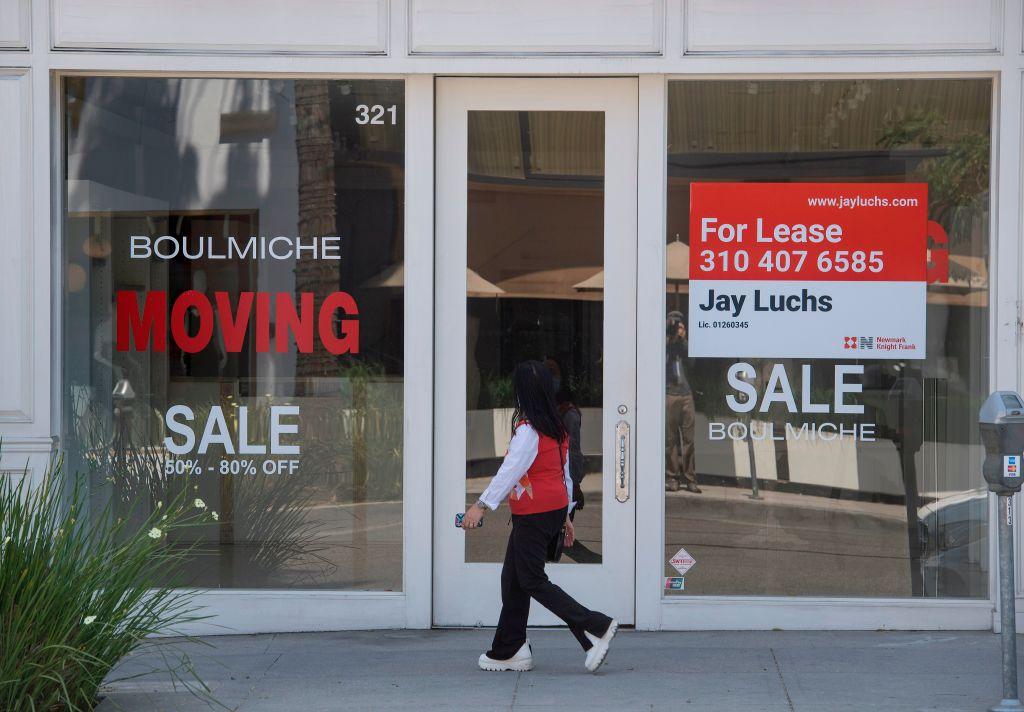Despite the pandemic hit to the economy, which has seen record unemployment as businesses shutter and demand falls, personal and business bankruptcies fell by 11.8 percent for the year ending in June, official government figures show.
Still, some industry experts characterize the current downtrend in bankruptcy filings as a lull before the storm, pointing to the dynamic following the Great Recession, which saw filings peak around two years after the outbreak of the crisis.
“The market is anticipating a wave of new filings related to the high unemployment rate,” said Chris Kruse, senior vice president at Epiq AACER, a legal services company, in a statement. “However, we expect to see overall filings continue to trend down until the government programs that inject liquidity into the economy for companies and individuals come to an end.”

Epiq, in a recent statistical release on bankruptcies, noted that commercial Chapter 11 filings are up 43 percent over June of last year, with 609 new filings in June 2020 compared to 424 in June 2019. For the first half of 2020, Chapter 11 filings are up 26 percent compared to the same period in 2019.
“As expected, U.S. companies are seeking bankruptcy protection while the markets are recovering from the early stages of the global pandemic,” said Deirdre O’Connor, managing director for corporate restructuring at Epiq. “In challenging economic environments, companies attempt to file at the right time to capture the best outcomes at the end of the lengthy process.”
The U.S. Courts figures on Chapter 11 filings, which are typically used to reorganize a business, indicate a 5-percent increase in the 12-month period ending in June 2020 compared to a year earlier, with 7,355 cases versus 7,007 in the 12 months ending in June 2019.
For staving off the expected wave of bankruptcies, industry advisers have broadly credited government stimulus, which has stabilized the economy and credit markets, as well as moves by businesses to raise cash by issuing new bonds and drawing down lines of credit. Also, the increase in business activity as parts of the country reopen have injected much-needed cash for companies to service debts. A significant COVID-19 surge could see rollbacks of reopenings and translate into a wave of bankruptcies, experts fear.
History also shows that bankruptcy filings tend to rise gradually after the start of an economic downturn, with new filings escalating over a two-year period following the Great Recession before peaking in 2010.
“Bankruptcy filings should then continue rising over the next two years. It will be interesting to see whether this increase in bankruptcy filings prompts Congress to amend the Bankruptcy Code to provide consumers, as well as businesses, with additional relief,” LeVine wrote.





